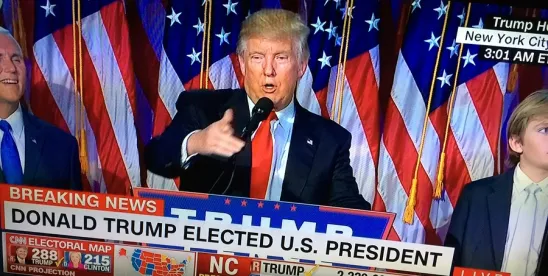New York State’s experiment with public financing of state campaigns—touted as a way to curb corruption and amplify small donors—is facing growing scrutiny. Recent revelations, including allegations that a 2024 state senate campaign engaged in a straw donor scheme involving homeless individuals, highlight a fundamental vulnerability inherent in all public campaign finance systems. While supporters of public financing of campaigns might call these “growing pains,” the reality is more sobering: programs that funnel taxpayer dollars into political campaigns invite abuse, and scandals are not anomalies—they are the norm.
New York’s Public Campaign Finance Program, modeled on New York City’s decades-old public campaign finance system and administered by the state Public Campaign Finance Board (PCFB), provides generous matching funds for small-dollar donations. Proponents promised it would reduce candidates’ reliance on large donors and level the playing field for underfunded campaigns. In practice, however, it appears to have accomplished neither goal—and may have made campaigns less transparent and more vulnerable to manipulation.
The Albany Times Union recently reported serious allegations of fraud involving a 2024 state senate campaign in Central New York. While the candidate lost by a significant margin, the newspaper uncovered evidence that multiple homeless individuals were allegedly recruited as straw donors. These individuals signed contribution cards stating their donations came from personal funds—a requirement under state law. But the Times Union investigation appears to have uncovered that these contributions originated with campaign operatives. This matters because participation in the program by candidates for the state legislature requires a threshold number of individual in-district donors. Using straw donors would allow a campaign to artificially inflate its qualifying contributions.
The Times Union investigation raised another troubling allegation: the campaign may have offered gift cards of greater value than a donor’s contribution as an inducement to give—another likely violation of program rules. Both practices illustrate how easily the system’s incentives can be exploited to obtain matching funds.
The former senate candidate’s alleged misconduct is not the only controversy dogging the program. In July, the Times Union reported that numerous candidates in 2024 received hundreds of thousands of dollars in public funds by matching contributions from their own family members—and even from themselves. While this is permitted under the law, critics argue it undermines the program’s purpose of amplifying and rewarding grassroots support. If lawmakers respond, the most likely reform would be amending the Election Law to prohibit matching funds for contributions from candidates and immediate family. Whether that happens when the state legislature returns in January remains to be seen.
These problems are hardly unique to Albany. New York City’s matching funds system has produced its own share of scandals throughout its long history. Earlier this year, a treasurer for a failed 2021 Brooklyn Borough President candidate pleaded guilty to federal charges for orchestrating a straw donor scheme. The New York City Campaign Finance Board flagged the contributions as fraudulent before funds were disbursed, but had they gone undetected, taxpayers could have been on the hook for hundreds of thousands of dollars.
Nor is New York the only state grappling with this issue. Earlier this year, a former Bridgeport, Connecticut Board of Education member was sentenced in federal court for lying under oath during a grand jury investigation into a public campaign finance scandal. In a separate case from earlier this summer, Connecticut election officials fined a campaign worker for submitting falsified contribution cards in connection with a matching funds request for a 2022 candidate for Secretary of State.
From New York to Connecticut, the pattern is clear: systems that tie public subsidies to reported private contributions create opportunities for fraud. History suggests these opportunities will be exploited by dishonest political operatives.
As New York prepares for the 2026 election cycle, the program will face a new test. For the first time, statewide candidates—not just state legislative candidates—will be eligible to participate and receive public funds. For statewide campaigns, the amounts at stake will be exponentially higher, increasing the temptation for abuse. It is difficult to imagine that the system will not continue to attract candidates and operatives willing to game its rules for financial gain.
New York’s public campaign finance program was intended to reduce the influence of money in politics and promote cleaner, more honest government. To date, it has fallen far short of those lofty goals. The structural incentives embedded in the program—rewarding small-dollar contributions with large public payouts—virtually guarantee continued attempts to circumvent the law. Experience confirms that these are recurring features of public campaign financing systems that we’ll continue to see as long as these programs continue to exist.
All of the views and opinions expressed in this article are those of the author and not necessarily those of The National Law Review.




 />i
/>i
